Slow cooker or Crock-Pot: What's the difference, exactly?
20 Alternative Names You Never Knew for Common Kitchen Utensils

To cut cake…
Other names for a cake server include a cake shovel and a pie cutter. It is used to cut slices in cakes and pies and features a thin slicing edge and a large face to lift and transfer cake or pie.

To make crème brûlée…
Blowtorches are handheld devices that allow you to easily apply flame and heat to items being prepared in your kitchen, and are most commonly used to make crème brûlée. Another oft-used name for the tool is blowlamp.

To pit cherries…
Cherry pitters utilize a small corkscrew that can be pushed through a cherry for relatively effortless removal of the pit. These tools can also be used on olives, hence their second name: olive stoner.

To work with dough…
Dough scrapers have wide faces and handles that make it easy to cut and shape dough, as well as scrape it from work surfaces. They are also called bench knives.

To beat eggs …
To blend ingredients or incorporate air into a mixture, use this tool composed of multiple wire loops, known as a whisk or a beater.

To stop over boiling…
The milk watcher was invented in 1938 and is inserted in the bottom of a pan to help regulate the temperature of heating liquids to prevent boiling over and burning of liquids, especially milk, which is notoriously fickle when exposed to heat. Another name for a milk watcher is a boil over preventer.
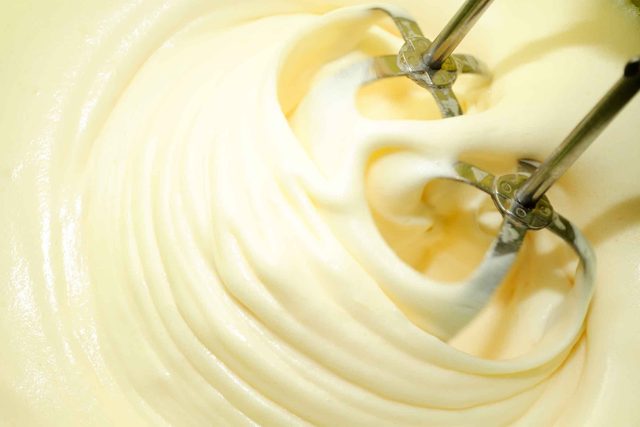
To mix food…
Like a whisk, a rotary mixer, which uses multiple beaters driven by electricity to mix food, can also be called a beater.

To get rid of scales on fish…
A fish scaler is also known as urokotori because it is most commonly used in Japanese cuisine, and this is the literal Japanese translation of the phrase. It’s used to remove scales from a fish before cooking. Here are 9 ways you’ve been cooking fish completely wrong.
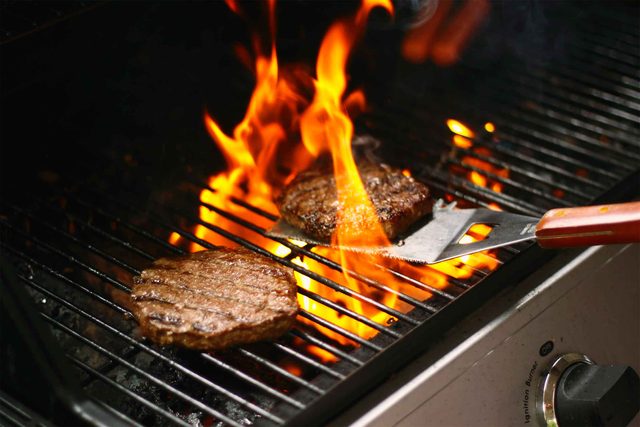
To flip food…
While most of us refer to the tool we use to flip our pancakes as a spatula, other names for the utensil include turner or, oddly enough, a fish slice. This term comes from Great Britain, where the tool was originally used as serving tool for fish. Other uses have since been devised. These are sneaky pancake mistakes you might not realize you’re making.
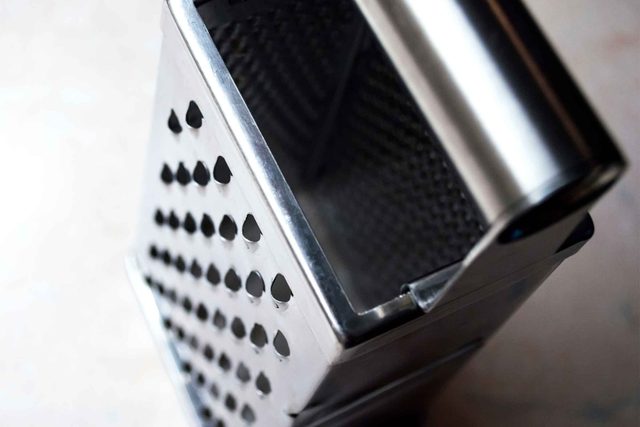
To cut into tiny slivers…
A cheese grater may also be referred to as a shredder.

To get meat out of lobster…
A lobster pick can also be called a lobster fork, and is used to pull meat from narrow parts of lobster or crab.
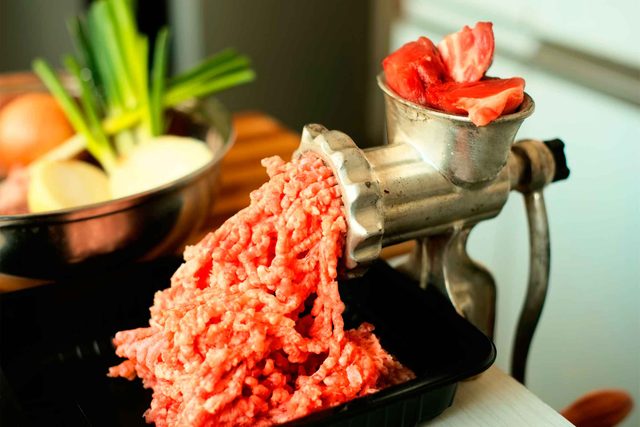
To chop meat…
A meat grinder, which chops or purees meat depending on the attachment, is also known as a mincer.

To slide food in and out of the oven…
A peel is used to slide food like pizza, pastries, or bread in and out of an oven. This tool is also sometimes known as a pizza shovel. The word is most likely derived from the French word pelle, which means shovel.

To filter…
Sieves are used to filter out unwanted materials while cooking. They’re also sometimes called sifters or strainers.
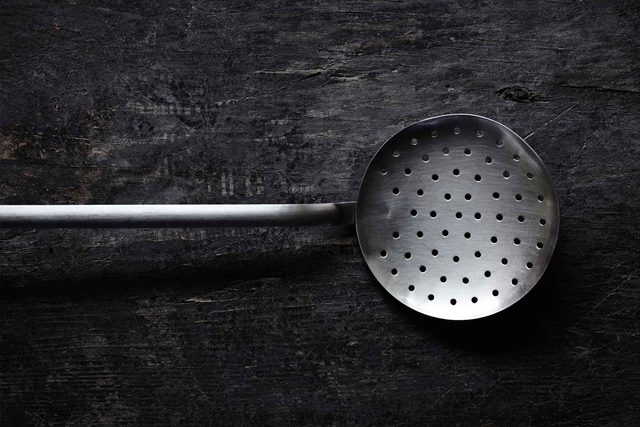
To remove hot foods from liquids…
Spoon sieves are used to remove hot foods from liquids or as a skimming tool to remove foam as food is cooking. Another name for the utensil is a spider.
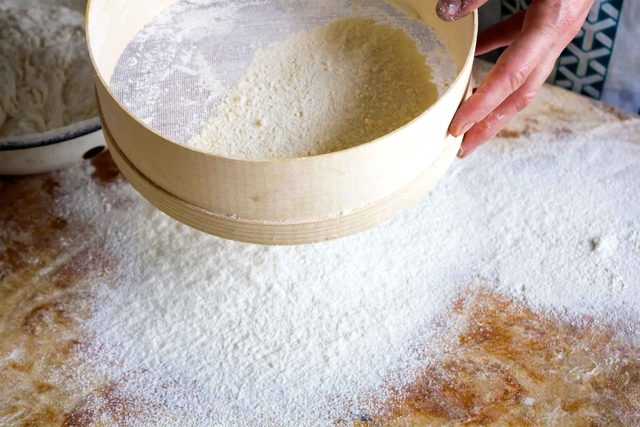
To strain or grate…
A tamis (pronounced “tammy”) acts as a kind of strainer or grater. It resembles a drum, and has a thin screen pulled across the frame that food must be pushed through. It is also called a drum sieve.
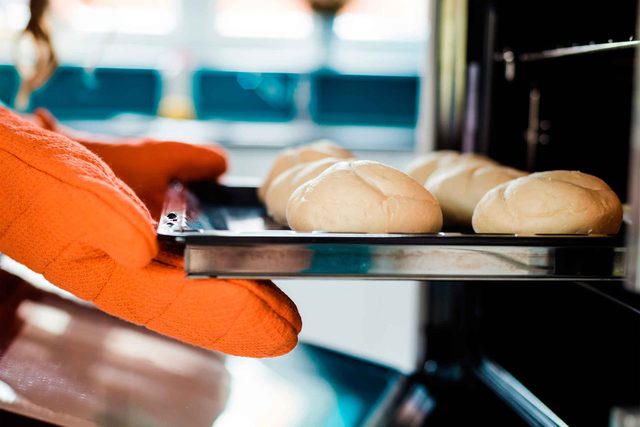
To protect your hands when holding hot cookware…
Potholders, or oven mitts, keep you from burning your hands when handling hot cookware.

To cook or serve food on a stick
Skewers are used in cooking to hold food together as it is being both prepared and eaten. Typically, it is used for meat, but can also be used for other foods like fruits or vegetables. This kind of meal or snack is known as a kebab, and skewers are often called kebab sticks.

To get every last drop of mix from a bowl…
Rubber scrabers are more flexible than metal counterparts, and are most commonly used for tasks like scraping stubborn mixes from bowls (you probably used one last time you made brownies). Rubber scrapers are very versatile and may also be known as soft spatulas.
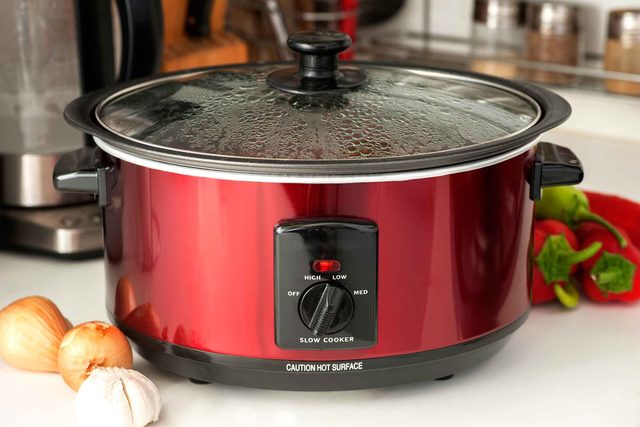
To heat food slowly over the course of many hours…
Slow cookers are extremely convenient because they cook food at a low temperature over a long period of time. You can toss some ingredients in your slow cooker after breakfast and come home at the end of the day to a mouthwatering aroma and prepared meal. These appliances are often called Crock-Pots after an extremely popular brand.



















